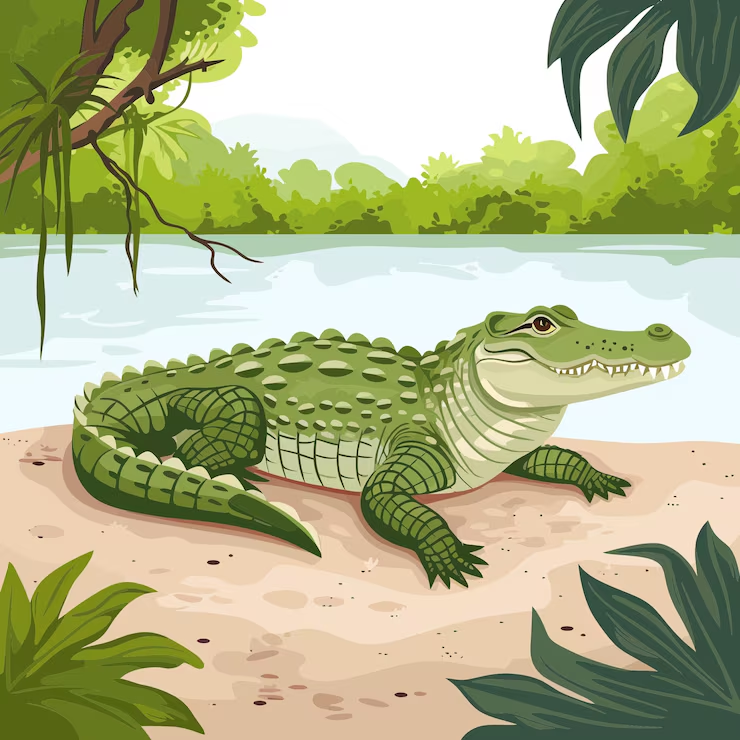Answers For VOL 4 Test 10 - Gamification
Answers and detail explain for VOL 4 Test 10 - Gamification
1.
marketing
2.
airlines
3.
feedback
4.
behavior | behaviour
5.
pilots
6.
exercise
7.
piano
8.
hand
9.
fun
10.
privacy
Explain
VOL 4 Test 10 - Gamification

0:00
0:00
Lecturer: Today, we are going to look at how the phenomenon known as gamification has really exploded in recent years. So what exactly is gamification? 1It has been defined as the use of games thinking and mechanics in non-game situations, such as for business. Up to now, its most common function has been marketing. It is extremely popular with big companies, but as we'll see, it also has many other uses. Gamification techniques work on our natural desire for competition. One way they do this is by providing a reward. For example, badges or points, or providing a type of virtual currency. But don't be fooled into thinking the concept is a novel one. 2Just think of the frequent flyer incentive schemes that were initiated by airlines to try and retain customers. In fact, it's been around for years. However, it has become more prolific with advances in technology. So how is gamification being used? 3Well, it is seen as an excellent way of obtaining almost instantaneous feedback through common social media sites. However, there are other areas where it is increasingly being used, 4in particular as a means of trying to convince people through fun activities to alter their behavior. Another use is in education or training in the workplace, especially when it is just not feasible to train people on the real thing. 5Good examples of this are the aircraft simulators used by pilots, or the urban simulators used by town planners. So let's look at a few examples of the successful implementation of gamification. One perhaps surprisingly use of gamification has been in official campaigns by governments and authorities who have quickly seen its potential. 6In Australia, the government developed a smartphone app called MyFitBuddy, whose aim was to help people get off the sofa and exercise. The app provided plenty of motivational content to ensure people got the encouragement they needed to increase their levels of activity. Overseas in one city, instead of just punishing the drivers caught driving too fast, a local authority conducted a trial where they rewarded good drivers with free entries into a draw. The trial was so successful that it resulted in a 22% reduction in speeding. Gamification is also playing its part in helping people make healthy choices. 7In an attempt to get commuters to walk instead of using the escalators in an underground station, the staircase next to it was transformed into a piano. It had a touchpad underneath, which played notes as people stepped on it. When it was in use, almost everyone opted to use the stairs instead of the escalator. Another example is a medical research company in Australia. They realised the potential of gamification to help the elderly recover much more quickly from accidents. 8When the elderly fall, the most common injury is not to the arm or the leg, but to the hand. So they took an already popular computer game, which involved people smashing fruit, and adapted it so patients could practice their fine motor skills in a fun way. 9Now, there are a number of things to consider when using gamification. First of all, there is no way it can work unless it is fun. In fact, without that element, it could have the complete opposite effect on the consumer. 10In addition, as companies are often obtaining a lot more personal information and data on their customers this way, they should always be mindful of their legal obligations in terms of legislation, relating to privacy. So now, it's over to you to think of other examples of gamification that you might have come across.
Questions 1-10
Complete the notes below. Write ONE WORD ONLY for each answer.
What is it?
-
The use of gaming techniques in non-game situations
-
In business, it is frequently used for 1 (marketing)
-
Uses people’s desire to win a reward
-
Not a new idea, e.g. incentive schemes were first used by 2 (airlines)
Uses
-
To get online 3 (feedback) quickly
-
To persuade people to change their 4 (behavior | behaviour)
-
For training purposes, e.g. simulators used by 5 (pilots) and town planners
Successful examples
-
Official campaigns
-
Australian government: to encourage people to 6 (exercise) more
-
Overseas local authority: to reward drivers for not speeding
-
-
Health
-
A staircase at a station that worked like a 7 (piano)
-
A game that helps recovery when old people hurt their 8 (hand) in a fall
-
Things to consider
-
It’s important for gamification to be 9 (fun)
-
Need to think about the laws regarding 10 (privacy)
![[Forecast Q2-2025] - Biology lecture](https://static.helik.app/reading/8fd3d7d2-ccf9-47a3-8920-2e7a3b0d6607)
![[Forecast Q2-2025] - Living in the City](https://static.helik.app/reading/1a60bcf3-f3a7-4e9b-97a2-94d156a0de3b)
![[Forecast Q2-2025] - Student Union](https://static.helik.app/reading/fb443123-8c1d-447e-8c79-5a01650f4754)
![[Forecast Q2-2025] - Fruit-picking Job in an Orchard](https://static.helik.app/reading/e1968346-6c55-44ae-b8d3-f6a4fb7207b9)
![[Forecast Q2-2025] - University Crime Prevention](https://static.helik.app/reading/bdda593e-16d6-4c72-8a12-b116e917b27c)
![[Forecast Q2-2025] - Business Course](https://static.helik.app/reading/3308e282-99a6-4bcb-9d22-0b488701d968)
![[C20T1] - Choosing a restaurant](https://static.helik.app/reading/e9b21123-c43c-42fb-88b7-5d0be3a37e03)
